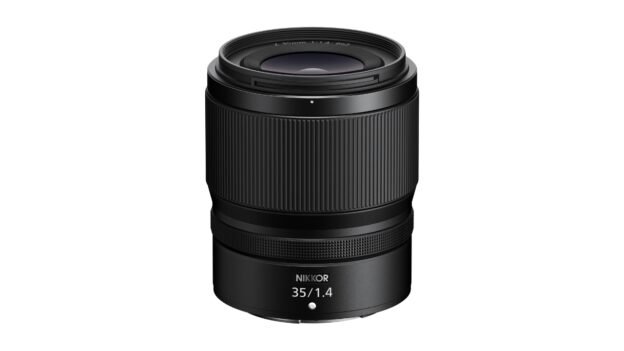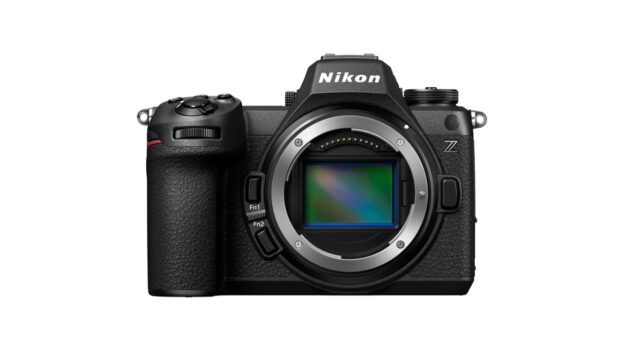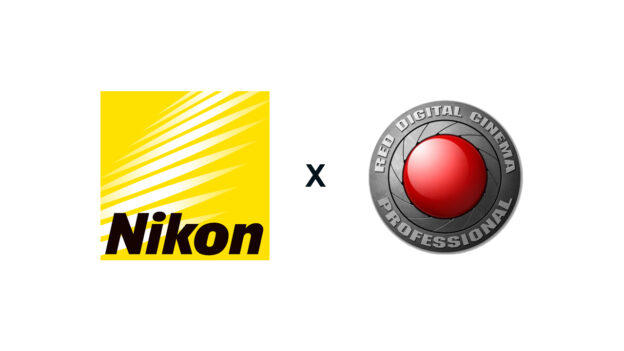Nikon India Private Limited has unveiled the NIKKOR Z 35mm f/1.4, a new addition to its lens lineup aimed at enhancing creative possibilities for photography and videography enthusiasts. Positioned as a versatile wide-angle prime lens, the NIKKOR Z 35mm f/1.4 features a fast aperture of f/1.4, promising excellent low-light performance and the ability to create soft, appealing background blur.
Designed with videography in mind, the lens incorporates features such as a stepping motor for smooth and silent autofocus operation, minimizing operational noise during quiet shooting environments. It maintains a consistent angle of view while focusing, delivering natural-looking images without noticeable focus breathing. This makes it suitable for capturing cinematic moments with enhanced clarity and depth.
The lens also boasts a compact and portable design, measuring approximately 74.5 x 86.5 mm and weighing about 415 g, making it convenient for extended shooting sessions and well-suited for use with gimbals. It includes dust and drip resistance features, safeguarding it against environmental elements during outdoor use.
Expected to be available by the third week of July 2024, the NIKKOR Z 35mm f/1.4 will be priced at ₹89,995 across Nikon outlets in India, expanding options for photographers and videographers seeking advanced optical performance and creative flexibility in their imaging pursuits.





